Hiring Deeply Talented Veterinary Support Staff When the Talent Pool is Shallow
How Our Practice Became Happily Overstaffed
- By Susan Driever, B.S., CVPM
Hiring support staff has become a challenge and severe pain point for many veterinary practices. The talent is out there, waiting to join your dream team, but a smaller pool of applicants means the hiring process needs to evolve. (As does practice culture and employee care and retention efforts, but that’s a whole topic of its own!).
Learn how Practice Manager and longtime VetTools user Susan Driever, B.S., CVPM, has learned to successfully navigate this challenge at her practice.

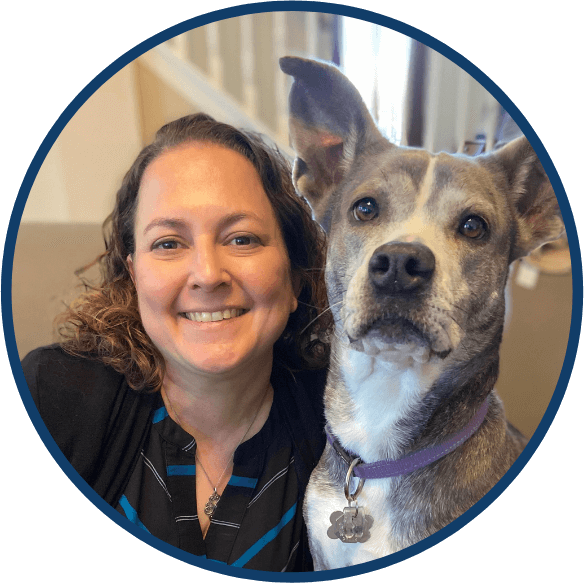
Hi! I’m Susan, Practice Manager and your guest blogger.
There are many things I wish I could go back and tell Past Susan all about to save her some heartache (or heartburn).
Learning to hire support staff.
I entered the veterinary management field in 2015, after my DVM husband purchased our hospital from his retiring associate. I’d previously worked in management in the software training field, and I certainly had some info to start with, but still ended up learning many things through trial and error.
Streamlining the hiring process is one of those things Past Susan would really have liked to have learned much sooner than she did.
Ah, the good old days...
…when a run of the mill job posting online for any position would yield scores of applicants in just a few days!
Early on in my career as a practice manager I posted jobs with the blandest of descriptions, brought tons of people in for interviews and if they seemed like they might be a good fit I’d call them after completing the other in-person interviews and set up an observation interview. Those strategies are no longer effective.
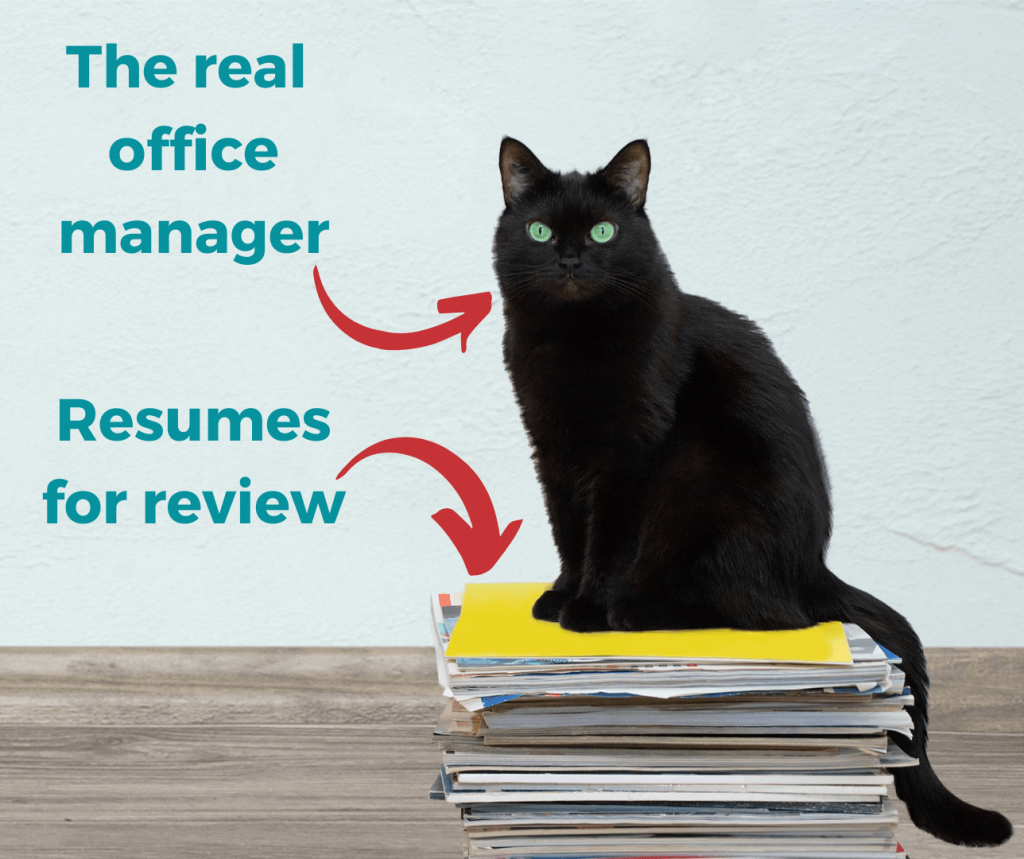

Here are some tactics I’ve learned along the way that have been successful at my hospital.
Dust off that old job posting.
Are you still posting the help wanted ads you did in 2019? The world – professional and otherwise – has changed dramatically since then, and so should your job posting.
It’s time to jazz it up and add compelling details to attract the applicants you truly want!

Start by giving the posting a great title so it catches the eye of the job seeker. I had good luck with “Full Time Veterinary Technician: Work with a dream team in (town name)!”
Briefly describe the job duties. I like a bulleted list for this section because nobody has the attention span for a wall of text when they’re looking for a job.
If the place you’re posting the job allows you to add custom questions, do it! (Just be sure they’re legal to ask). For an entry level job – “What excites you most about joining our team?” is a good question. For a position that requires experience try, “What has been your most memorable experience in your veterinary career?”
I also ask applicants to please map the drive from their home to our hospital and enter the time it will take to get there at 8:00 am. Nobody in my area is going to stay at an entry level job with a commute longer than 20-30 minutes. And hiring locally also helps with attendance and punctuality!
When it’s possible and appropriate, be open-minded about applicants’ experience levels. Bringing in a terrific candidate with no veterinary experience for an entry level position can work out great! Everyone has to start somewhere, right?
A word on “culture”.
Workplace culture is a hot topic these days, and rightly so. But make no mistake, it’s not just a trendy buzzword. In addition to wanting to be paid a living wage, many job-seekers are now looking for more than just a paycheck. They want to feel accepted, supported, and appreciated at their workplace, they want opportunities to grow professionally, they want values which align with their own, and they want their work to have meaning.
This is where – hopefully – your workplace culture comes in, and can help you stand out from other job posters. With this in mind, be sure to talk about your culture In the body of your job posting, and be specific.
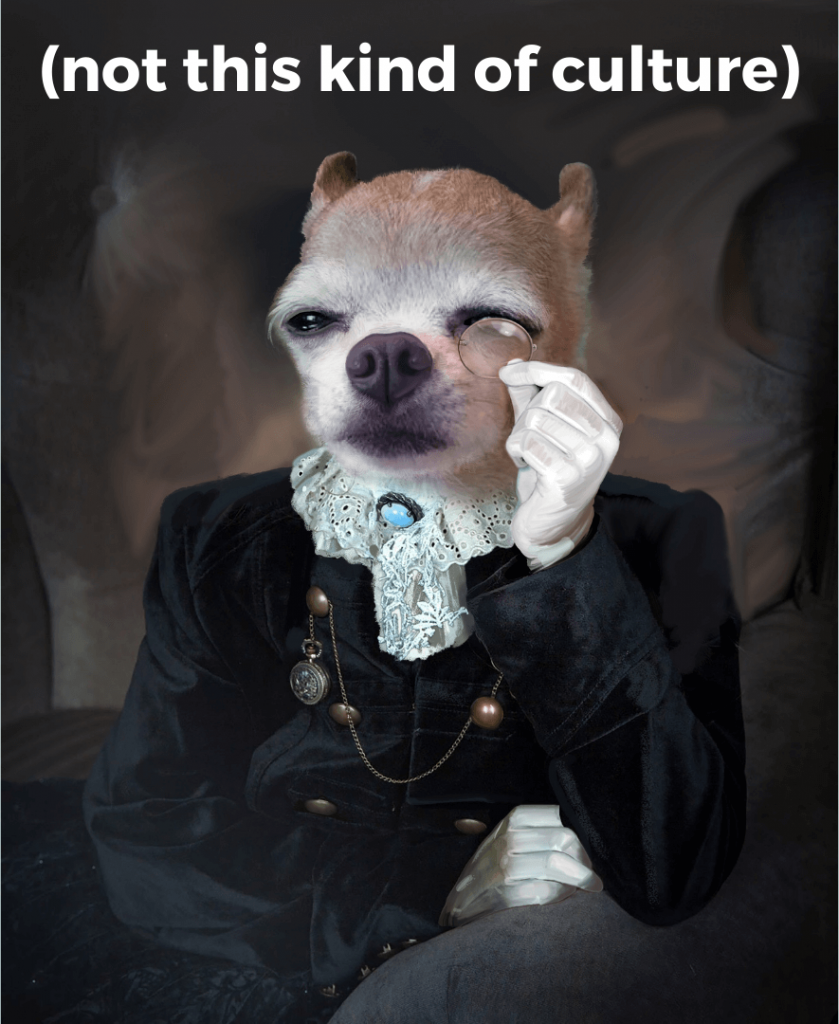
Anyone can claim a great work culture, but what does it mean at your practice, and how do you actually create and support it?
These kinds of details can make the difference between your dream candidate scrolling right by your job post and stopping to learn more.
Your greatest tool:
phone pre-interviews.
Past Susan once held a particularly impressive interview and was ready to hire. When she got to the part when she asked the candidate what her hourly rate requirement was, she nearly fell out of her chair hearing the pie in the sky number. We’d just wasted both of our time by not getting that pesky detail out of the way.
My solution? I began leaning heavily on a phone screen pre-interview.
Phone screen interviews are great because you’re really just having a guided conversation with the applicant. I use this time to go over the resume, talk about any experience they have in the field, why they left each position on their resume and we talk about our hospital’s philosophy and values, the position and schedule requirements. I also ask what they liked best and least about their previous positions.
If those things all check out, I review the details of our open position and I ask the big one – “Not to limit you to a certain wage, but what is the minimum hourly rate that you would accept for this position?” This question allows you both to communicate transparently about the potentially biggest hurdle. Assume they’re going to shoot for the stars. Be honest with them if that’s out of your range! You may find as I have that they’ll back down a bit if they find other aspects of the job attractive.
I finish up the phone screen with my favorite question of all. “Why should I hire you?” This forces the candidate to really think and sell themselves and you can tell who’s truly enthusiastic to join your team or who’s done research on your hospital and can tell you why they’re a great fit. If I can’t have a comfortable phone screen conversation with someone, chances are good they won’t be joining our team.
At the end of the phone screen, I ask if the candidate is willing to have a drug test, criminal background check and reference check for the position. If so, I set them up for an in-person interview with me and a member of the team they would potentially be joining and let them know we’ll follow it up immediately with a 3-hour paid working interview.
Get by with a little help from your friends.
Our friends at VIN Practice Communications came to the rescue for me when I was hiring while attending the VHMA conference last year. I got a couple of great resumes and didn’t want to miss out on interviewing them, so I was able to use the VetTools Mobile app on my phone to call them from my hotel room in Philadelphia with the outgoing number still showing as my hospital’s phone number.
In challenging hiring markets, it’s important to move fast when a good prospect applies, and VetTools Mobile made that easy!
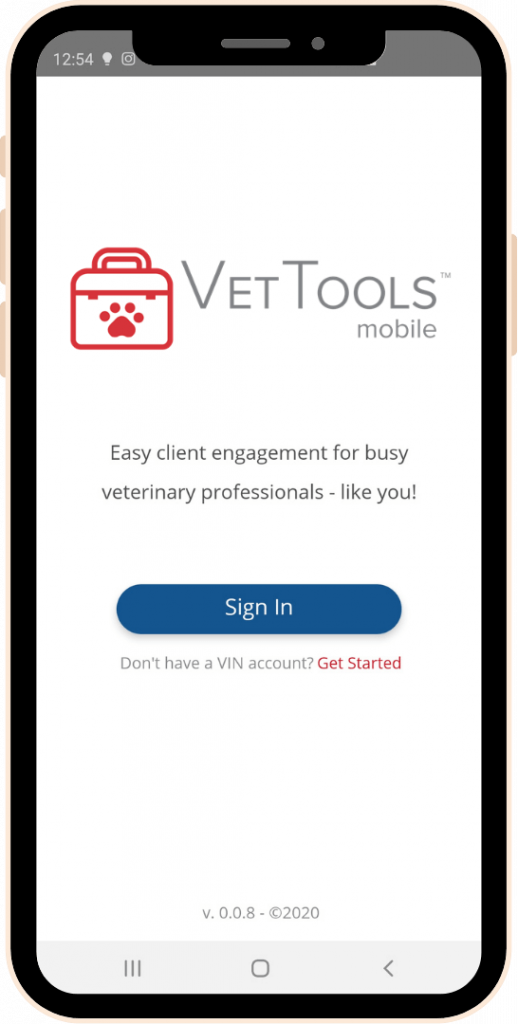
Time for some face-to-face interaction.
A successful pre-interview by phone leads to an in-person interview and a paid working interview immediately following.
No matter what position I’m hiring for, I have one of my leads for that department sit in on the interview with me. After all, they’ll be the one leading the training and working side by side with the potential new hire, so I want to be sure personalities don’t clash – and most importantly it gives the staff some buy-in to the hiring process.
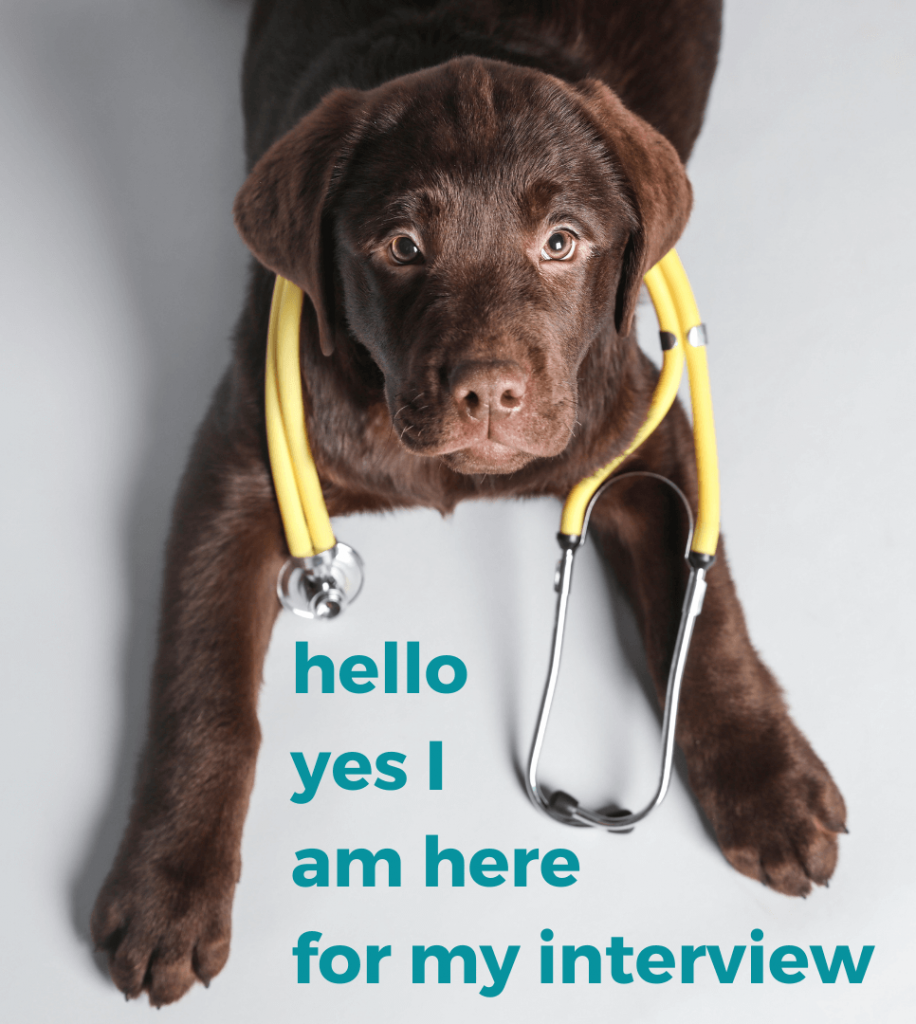
On interview day, my designated staff member and I sit down with the candidate for about 30 minutes and go through a different set of questions than I asked over the phone.
I prefer behavioral, open-ended questions that challenge the candidate to formulate well thought out responses, which helps us get to know them better. Questions about how they would handle different scenarios that come up all the time in the hospital are good to use to create your interview form.
Ask tough questions.
I’m always sure to include a question about dealing with euthanasia and bereaved owners to see how the candidate responds. If they burst into tears at the thought of end-of-life care, they might not be a good fit for us. Crying when discussing euthanasia is not a deal breaker but would open a broader conversation and has led to a mutual conclusion that the position wasn’t a good fit for a particular candidate.
I conclude the interview by asking if the candidate has any questions for me.
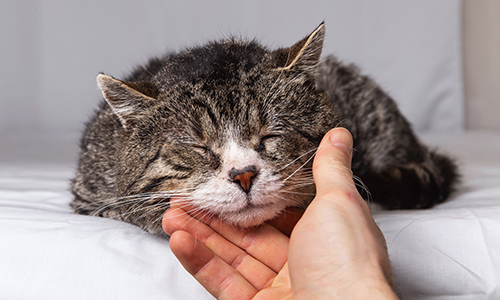
We’ve already discussed wages over the phone, so that’s out of the way (high five your past self for already handling that one). Questions about uniform allowances, insurance, vacation, and discounts tend to come up at this point in the process.
Once the interview is complete, I send the candidate and the co-interviewer off to complete the working part of the interview. They spend the next few hours working with the team and I encourage everyone to make time to chat with the candidate so we can get a feel for the culture fit.
Ultimately, we can train anyone to do any job in the hospital aside from the veterinarian. We can’t train someone’s personality.
I’ll float around the hospital occasionally looking for thumbs up or down from the entire team and regardless of the response I pull the candidate back into my office at the end of the day to see how it went and ask if they have any new questions for me. If the feedback from staff was positive, I will have an offer letter, background check consent form and drug screen paperwork ready to go and will offer them the job on the spot, and if they accept ask when they can start.
If feedback was neutral or negative, I’ll let the candidate know that I will reach out when we’ve made a hiring decision.
The nuts & bolts of working interviews.
I pay minimum wage for the working interview and require a W9 to pay them so they can really show me what they’ve got. (Plus, it’s the law to pay anyone who’s working for you!) They sign a waiver with behavior, dress and confidentiality instructions and are told to follow the lead of our long-time staff members to reduce the chance of injury. The candidate leaves with a check in hand at the end of the day.


Gone are the days when we can take weeks to ponder a candidate’s potential, and take our time contacting them.
Hire slow and fire fast has morphed into hire fast and then quickly release the ones that sneak through your filter to seek their success elsewhere before they cause too much mayhem with the hospital dynamic. (Not as catchy, but accurate!).
Not just fully staffed...
At the time of this writing (and I hesitate to even put these words out into the universe) our hospital is overstaffed. In a time when hiring is horrible and everyone is understaffed, we’ve never had as many staff members as we do right now.

Having an intriguing job description, phone screening, and accelerating the entire hiring process has done wonders to improve our results in building our team.
Don’t let the good ones pass you by while you wait for the perfect candidate. Find the personalities that fit your culture, then train them to be the superstar team member your hospital deserves!

About the Author: Susan’s career in the veterinary world began as an accounting clerk at Texas A&M’s College of Veterinary Medicine in 1997. Looking for more challenging opportunities, she spent several years as a software trainer for Texas A&M and CompUSA before taking on the important role of a stay-at-home mom. In 2015, her DVM husband purchased his hospital from his partner. Susan was brought on initially as a bookkeeper, but over time transitioned into the first ever practice manager at Animal Hospital Highway 6.
Susan is a VetTools superuser, having used the client communication service by VIN Practice Communications since 2016, and has made great contributions to the platform with her innovative suggestions and invaluable feedback.
In January of 2021, Susan earned her CVPM and is always looking for ways to learn and grow as a leader. Susan serves on the board of the Houston Veterinary Practice Managers Association and volunteers for the American Animal Hospital Association whenever she gets a chance. She also works as a Course Facilitator for VHMA’s CVPM Test Preparation program.